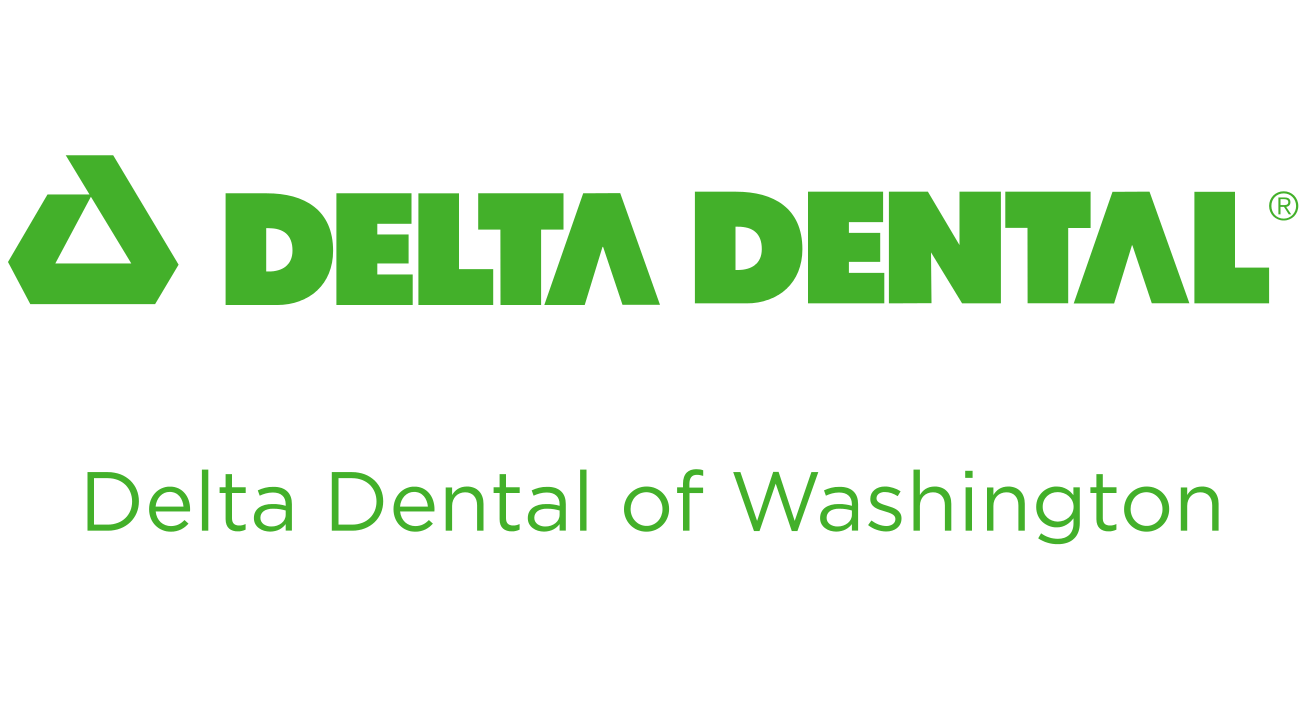Flossing. Dentists recommend we floss at least once a day because it cleans the 40 percent of tooth surfaces our toothbrushes can’t reach. It’s an incredibly important part of having good oral hygiene.
But, only 31 percent of us actually floss every day.1
There are many reasons why more Americans don’t floss. The most common reasons are that flossing properly is hard and takes too long. Water flossers can be a great choice for people who don’t like or can’t use traditional string floss. However, water flossers aren’t for everyone.
So, how do you know if traditional dental floss or a water flosser is best for you?
Use this guide and then talk to your dentist.
Dental Floss
Dental floss is a soft thread or string of silk or similar material used to clean between your teeth. It’s a tried and true way of cleaning those hard to reach spaces between your teeth.
How to Use Dental Floss
- Start with a length of floss around 18 inches long. Wind it round the middle fingers of each hand.
- Pinch the floss between the thumbs and first fingers on each hand, leaving around 1 to 2 inches free between your hands.
- Pull the floss tight between the two hands. Use the index fingers to guide the floss between two teeth with a gentle sliding back and forth motion.
- Wrap the tooth and gently slide floss up and down along the surfaces of the teeth and under the gums.
- Start on the bottom teeth, move to the other side of the mouth, then repeat on the top.
Pros of Dental Floss
Cons of Dental Floss
- It’s difficult for floss to reach some areas of your mouth.
- It can cause minor bleeding if not done properly.
- It can contribute to gum sensitivity.
- Some people have a hard time getting the hang of it.
Water Flosser
A water flosser is a cleaning device that shoots a thin stream of water. When aimed between your teeth or at the gum line, it can remove food particles and plaque on or between your teeth.
How Use a Water Flosser
Always read and follow the instructions for your device. Generally speaking:
- Place the tip into the holder. Fill the reservoir with warm water and place it back in the base.
- Plug in (if required), and adjust the pressure. Start low and build as you go if necessary.
- Lean over the sink, place the tip in your mouth, lips closed, and turn on the device.
- Start at the back, aiming just above the gum line, work toward the middle of the mouth.
- Pause briefly with the tip between each tooth to let water flow out of your mouth into the sink.
- Now that you’re done, turn off the device, eject the tip, clean it according to the instructions.
Pros of Water Flossers
Cons of Water Flossers
We hope this information helps you make a decision that keeps your teeth at their healthiest.
Want to learn more?
Talk to your dentist. They'll help you make the best decision for your oral health.
Don’t have a dentist? Create or sign in to your MySmile® account to search for an in-network dentist near you. You can even filter your results by patient endorsements!
1. Center for Disease Control and Prevention. “Prevalence of Failure to Floss among Adults – U.S. 2009-2012.” Inside Investigations: CDC’s Disease Detective Conference.







